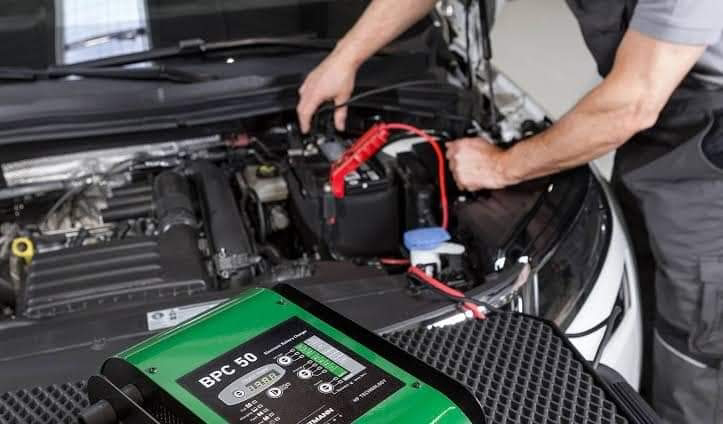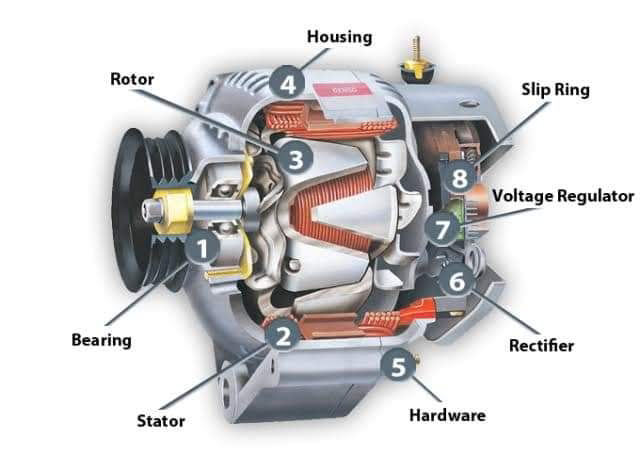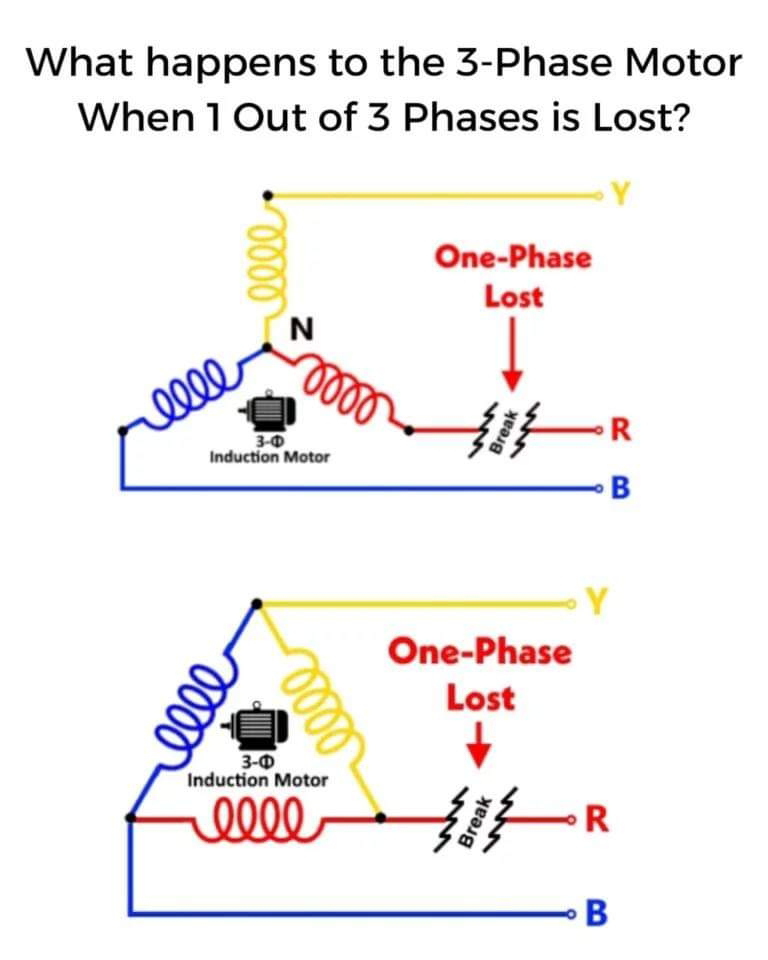Having three blades is like finding the Goldilocks zone of wind turbine design. With two blades, you'd have issues with something called "gyroscopic precession," which could cause the turbine to wobble like a drunk penguin. Not ideal. And with more than three blades, you'd face higher manufacturing costs, weight, and more complex maintenance.
Three blades strike a happy medium. They're easier to balance, more aerodynamically efficient, and less likely to cause noise pollution. Plus, they're cheaper to manufacture and maintain. It's like the Goldilocks principle in action: not too few, not too many, just right.
So, the next time you see a wind turbine, give a nod to those three blades. They're not just there for show; they're a carefully calculated choice to maximize efficiency and minimize costs. And that's something we can all get behind.
Technical Answer:
Wind turbines typically have three blades because of the trade-offs between efficiency, cost, and structural dynamics.
From an aerodynamic perspective, a three-blade design offers a good balance between power generation and efficiency. With three blades, the turbine can capture more wind energy compared to a two-blade design. More blades would theoretically generate more power, but this is offset by increased weight and cost.
Structurally, three blades are easier to balance than two, which helps to reduce vibrations and fatigue on the turbine components. This is crucial for ensuring the longevity and reliability of the turbine.
Additionally, the three-blade design is cost-effective. Manufacturing and maintaining a turbine with more than three blades would significantly increase the cost, due to the additional materials and complexity involved.
In summary, the three-blade configuration is a compromise that offers a good balance between power generation, structural integrity, and cost.



















